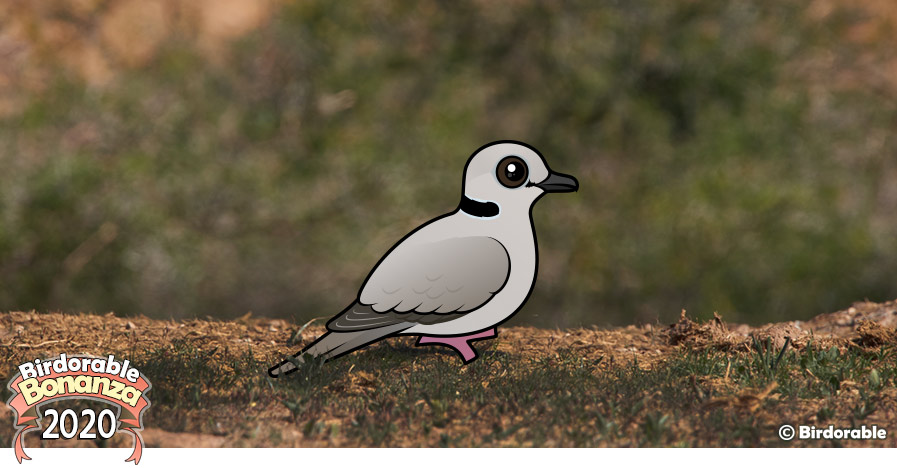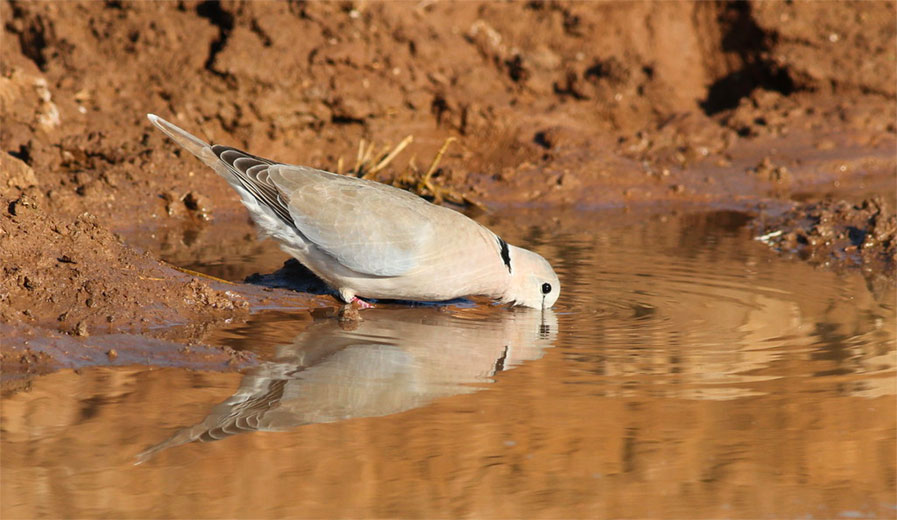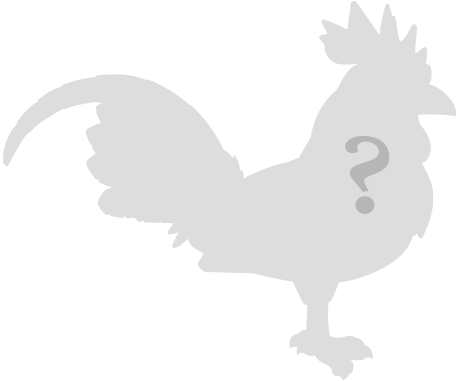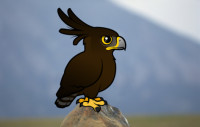2020 Bonanza Bird #27
Birdorable Introduces the Ring-necked Dove: A Trilling Resident of African Landscapes

Today we introduce a new species of Birdorable dove – it’s our Ring-necked Dove!
Ring-necked Doves, scientifically known as Streptopelia capicola, are a familiar sight across the vast savannahs and lush landscapes of southern Africa. With their distinctive trilling calls resonating through the air, these doves have become an integral part of the acoustic tapestry of the African wilderness. However, their presence extends beyond the savannah, as they are known to inhabit various types of environments, including forests, scrublands, and plantations.
One of the remarkable features of Ring-necked Doves is their dietary flexibility. These omnivorous birds predominantly sustain themselves by feeding on a diet of seeds and fruits. Occasionally, they diversify their meals by capturing insects, showcasing their adaptability in finding food sources.
In matters of the heart, Ring-necked Doves are renowned for their monogamous nature. When these doves find their avian soulmate, they commit to a lifelong partnership. Both parents actively participate in the nurturing of their offspring, sharing the responsibilities of caring for the eggs and raising their chicks. This strong sense of familial duty exemplifies the tight-knit bonds within Ring-necked Dove pairs.

Stay tuned for more fascinating bird species, as we continue to introduce you to the diverse and colorful world of birds, one Birdorable at a time! Tomorrow’s new species is the main ancestor of the modern domestic chicken. You can guess the species from this easy clue, can’t you?










Comments
Leave a comment
Thank you!